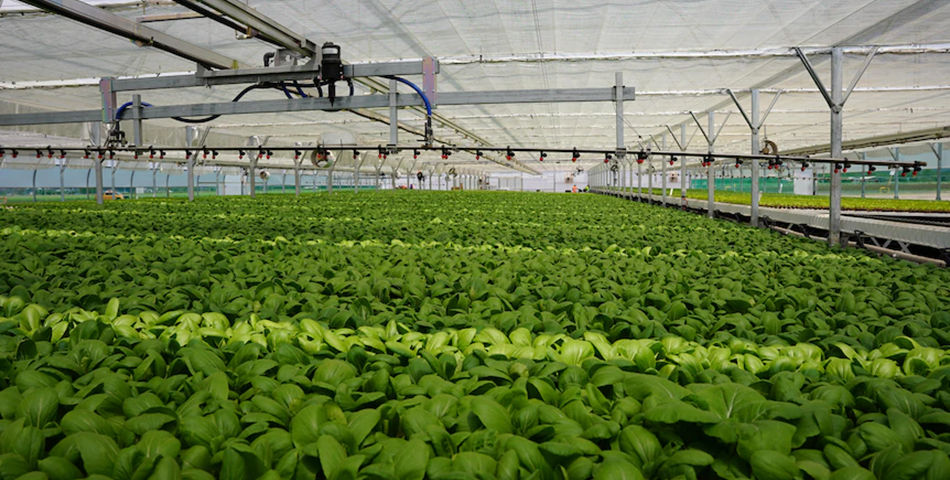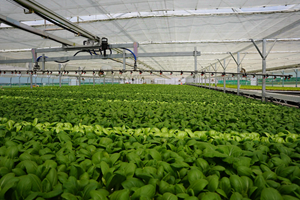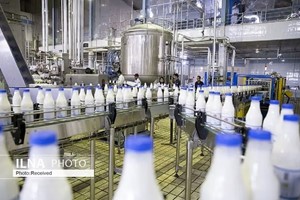Australia's rich food bowl regions keep the nation fed but a year of storms and floods has repeatedly put them to the test and added to the soaring cost of fresh fruit and vegetables.
Climate-driven events are forecast to increase in the future, but supply shortages experienced across the country this year could become a thing of the past as producers use their ingenuity and pivot towards indoor farming to shore up food security.
In a cavernous 4,000-square-metre warehouse on the Gold Coast, soon-to-be-planted lettuce seedlings will be safe from the elements.
Stacked Farms is in the process of fitting out high-rise trestles to grow crops under artificial light.
Chief commercial officer Michael Spencer said he expected interest in "vertical farming" to continue to grow due to increasing instability in climate.
"Whether it's flooding or pests we seem to get one or the other rolling through each season and it is becoming more frequent," he said.
"So indoor farming, or controlled environment agriculture as it's known, I think you'll see more advances in that space."
Once complete in July next year, the company expects to produce about 400 tonnes of lettuces a year, supplying businesses including local high-end restaurants and fast-food outlets.
It is also close to finishing research and development rooms for investigating growing fruits and flowers indoors.
'Grow anything, anywhere whenever'
Australia is about a decade behind vertical farms in the United States and Europe, but the University of Queensland's Professor Paul Gauthier believes Australia can catch up.
He said the benefits of having a controlled environment would appeal to many farmers facing an unpredictable climate.
"The biggest advantage is that I can tell you … what's going to be the weather inside my farm next year, in two years' time, in five years, in 10 years, and 100 years," Professor Gauthier said.
"The power of protected cropping is about controlling the environment and being able to be predictive about what we're doing."
Dr Gauthier said vertical farming and protected cropping had the potential to put an end to supply shortages of fresh food.
"You can grow anything, anywhere whenever you want," he said.
"You're not limited by time, you're not limited by climate, and you're not limited by the environment."
Dr Gauthier said indoor farming could also help save exotic crops such as cacao.
"Things like cacao or coffee, vanilla, they're going to disappear across the world because of climate change because it'll be too hot, or not the right conditions," he said.
"We can certainly grow them in protected cropping environments here in Queensland."
Reducing need for water and chemicals
Susan Buitendag, the company's quality assistance manager for Queensland and Tasmania, said the greenhouse also helped reduce water and chemical use.
"We don't struggle with pests and diseases as much inside the tunnel. I think we've sprayed inside maybe once," Ms Buitendag said.
And the greenhouse had also allowed them to produce a high-quality and uniform crop, which customers loved.
The amount of electricity required is another barrier to indoor farming and with recent spikes in prices, that has been a problem in Europe and the United States.
Dr Gauthier said Australia was well placed to deal with those challenges.
"One thing that Australia has in huge amounts is sunlight and I think there are a lot of advantages in using solar panels and ... we can put a farm next to it," he said.
"The grid is going to be challenged by vertical farming ... we need to think ahead and include that into the infrastructure that we're going to build for the future."











